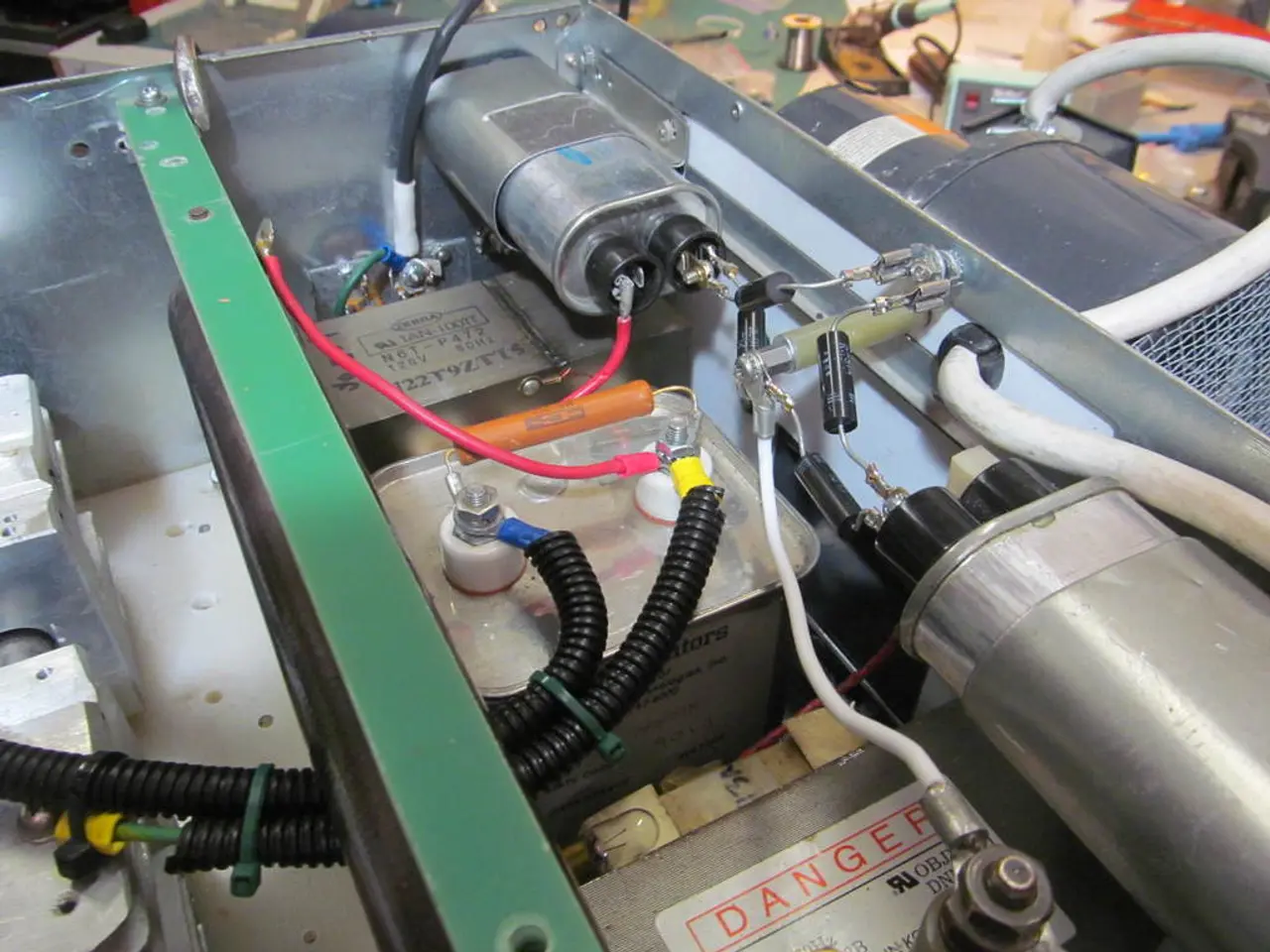Long-Term Collaboration for Maintaining Outdated Software Systems' Longevity
**Navigating Electronic Obsolescence: The Role of Legacy Equipment Manufacturers (LEMs)**
In the face of electronic component obsolescence, application Original Equipment Manufacturers (OEMs) are finding valuable partners in Legacy Equipment Manufacturers (LEMs). LEMs are helping OEMs sustain their legacy products, providing solutions that range from component sourcing to complete manufacturing overhauls.
**Collaboration and Partnership**
Collaboration is the cornerstone of the relationship between OEMs and LEMs. By working closely together, OEMs can leverage LEMs’ deep knowledge of electronics manufacturing, engineering, and supply chain risk management. This partnership helps OEMs identify which parts are at risk of obsolescence and understand available options to sustain legacy systems over the long term.
**Last-Time Buys (LTBs)**
LEMs often have old stock of components or assemblies and can facilitate “last-time buys,” allowing OEMs to purchase critical parts before they become unavailable. This strategic buying helps avoid immediate production disruptions and extends the lifecycle of legacy products.
**Supply Chain and Risk Management**
LEMs act as knowledgeable liaisons to bridge broken supply chains caused by obsolescence. They assist in planning future obsolescence scenarios and sourcing or manufacturing replacement parts to maintain continuity without resorting to disruptive technology upgrades.
**Sustainment Services**
LEMs provide sustainment services such as repair, refurbishment, and component emulation, helping OEMs maintain legacy equipment functionality without full redesigns.
**Early Engagement**
Addressing obsolescence early in the product lifecycle broadens the range of available sustainment options and reduces costs or operational risks.
**Benefits for Application OEMs Working with LEMs**
The benefits of working with LEMs are numerous. By partnering with LEMs, OEMs can extend the product life, avoid costly upgrades, reduce supply chain disruptions, gain access to expertise, focus on their core business, and improve lifecycle planning.
In essence, LEMs act as valuable partners enabling application OEMs to navigate electronic obsolescence challenges efficiently. Their support helps avoid costly upgrades, ensures availability of critical parts, and maintains operational readiness of legacy systems. This collaboration is especially crucial in sectors with long product lifecycles like defense, industrial automation, and embedded systems, where sustaining legacy products is vital.
References: [1] Legacy Electronics Manufacturing Services (LEMS) White Paper, 2021. [2] Electronic Obsolescence Management: A Guide for Application OEMs, 2019. [3] The Impact of Electronic Obsolescence on the Defense Industry, 2020. [4] The Role of Legacy Equipment Manufacturers in the Industrial Automation Sector, 2018. [5] Sustaining Legacy Products: A Case Study of the Embedded Systems Industry, 2017.
Data-and-cloud-computing advancements can complement the work of Legacy Equipment Manufacturers (LEMs) by integrating their solutions with modern systems, enhancing the efficiency and performance of embedded systems.
Technology breakthroughs in areas such as artificial intelligence and machine learning could potentially lead to innovative solutions for embedded systems that are designed with sustainability in mind, creating more robust and resilient systems for OEMs in collaboration with LEMs.




